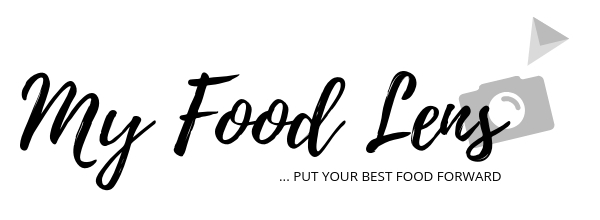
Ever looked at a beautiful picture of food and said, “yum”.
Ever caught yourself drooling at a food photo?
Well, that is the effect of a good food photo & the secret to a good food photo is the lighting!
What is Side Light?
There are 3 different kinds of light in food photography. Whether you’re working with soft light or hard light, natural or artificial, these 3 lights remain the same for all situations.
These are –
Side light
Back light
Side-back light.
Today we will talk about Side Light in food photography.
Side Light is the light that falls exactly at 90 degrees to the camera. When the light source is to the left or right of the camera, it is called side light.
How to read Side Light?
Even if we have a window to the left of our composition, how do we make sure that the light is pure side light?
To read side light, you need to look at the composition and observe where the shadows fall on the backdrop. What we are looking for are shadows directly on the side of the food and not diagonal to it. Once the shadows fall in that exact line as the subject and not diagonally or in front of the subject, that’s pure sidelight.
If you are using artificial light, you’ll have to make sure your soft box is set up to the exact left or right of the composition.
 The nature of Side light
The nature of Side light
Everyone loves backlight, but I feel like side light is the unsung hero. Side light is like that friend who gets along with everyone. No hidden agenda, no propaganda, always wishing everyone well. If side light was a person, it would be exactly like that.
- The nature of side light is to please you.
- Side light is one of the easiest directions to work with.
- It can be easily manipulated.
- Since the source is to the left or right, it gets the best of both, highlights and depth of shadows.
- It is also one of the most accessible directions. Our bedrooms and kitchen are mostly designed with windows on the sides and so, this becomes a natural direction of light to take advantage of.
- It works well for most kinds of food. The direction gives even lighting to a subject and so, most of the subjects look good in side light.
When to use Side Light
To create mood
I like to use side light when I either want to create a bright or bright and airy mood. Side light usually gives a balanced, even lighting if the source runs along the length of the composition, so it is easier to create balanced subtle shadows with it suited for bright photos.
While Using hands in frame
I like to use side light when I have my hands in frame. I position the hands opposite to the window so that the light falls on the hands and the food. That way the hands and food catch the light and create beautiful highlights on it.
When the food is sensitive
If I have one major complexity in the photo, like if I’m shooting ice cream or frozen drinks or fresh herbs, time sensitive food, I know I need to move fast as soon as I bring the food on the set and so I make my life simple by not overcomplicating the light & falling back on easy to manipulate, side light.
When the composition is complex
Sometimes while creating large compositions like feasting table shots, the focus really has to be on the food. In such situations I fall back on side light because it lights the table evenly and I can easily add or take away shadows.
When to avoid Side Light
Around reflective surfaces
I try to stay away from side light when I have some kind of reflective props or glassware in the scene. When the window/light source is to the side of a shiny prop or glass prop, the surface catches the reflection of the light, creating glare. To avoid those reflections, I use side-back or back light.
All in all, side light is your friend, maybe even your best friend. If you are ever stuck, go with side light to make your life easier, to simplify your decision making.
Back Light or Side Light – The Misconception
When we shoot in a flat lay or top down or overhead angle, the camera is on top, i.e. directly above the food. A common misconception is that in a flatlay when the light is at the head of the composition, it is backlight. But that is not correct. It is still side light because back light means lighting the food from the back and in a flatlay, if we had to light our food from the back, the light source would have to be below the backdrop. Almost always when we have light on either end of a composition in a flatlay, it is side light.

[…] to episode 40 on sidelight […]
[…] light and back light when to use them. If you haven’t tuned into them, make sure to check out episode 40 and episode 53 after this […]